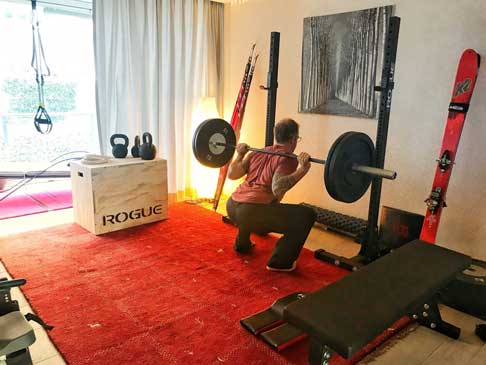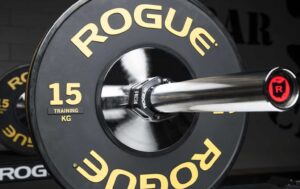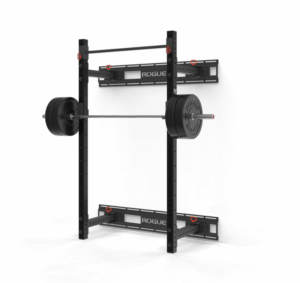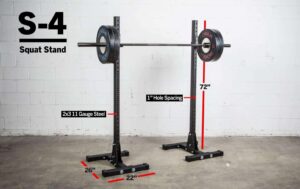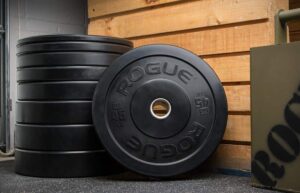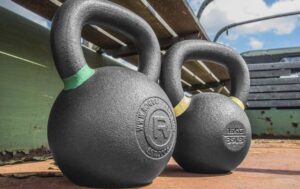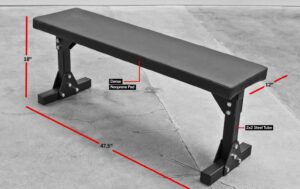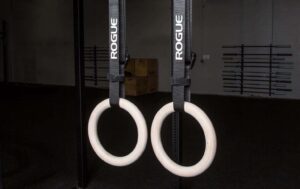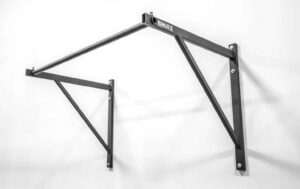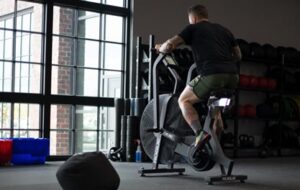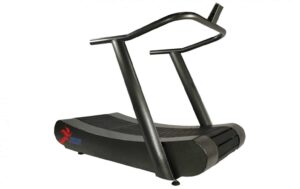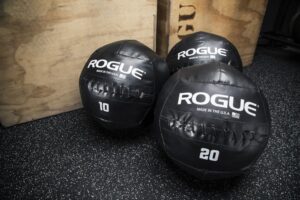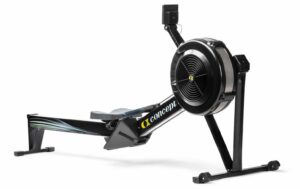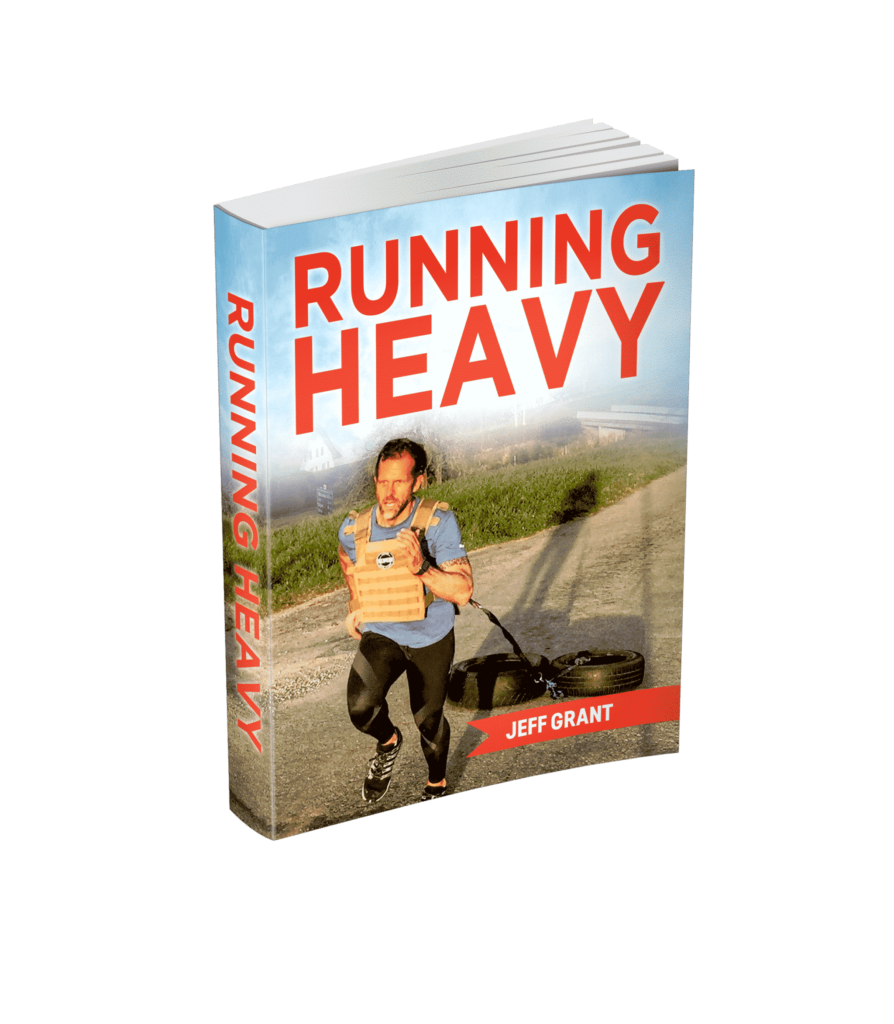A Home Gym You’ll Actually Use
For those new to functional training, such as CrossFit and looking to build out your own garage gym or home gym and training space, here’s an equipment guide to get you started. My aim is to save you from buying equipment that you’ll rarely use — equipment that wastes your money and takes up valuable space. In this article, I share with you what I setup after I sold my CrossFit gym and wanted a place at home to train.
Learn from my mistakes & the times I got it right
For more than 27 years I’ve been an endurance athlete, half of that time working as a full-time coach. During all these years, I’ve had a gym at home, sometimes small and sometimes large. I also built a CrossFit gym in Switzerland and ran it for 5 years. I’ve had home gyms in tiny apartments and large homes, home gyms put together with large budgets, and more commonly with a small budget.
In this article, I share with you my recommendations for equipment to buy for home that you will actually use, not one that is ego-driven or based on what looks great in an Instagram post, but is not what you will really use.
I’ve purchased a wide range of equipment over the years, spanning a mix of great buying decisions and some terrible choices. I aim to guide you toward building a home gym that you’ll feel great about now, as well as in a few years. I offer my top recommendations, share what I purchased and suggest a super saver option for each item.
My Favorite Home Gym
Of all the gyms I’ve setup over the years, this is one of my favorite home gym setups.
Why? Right location (8 steps from bed, 6 steps from the coffee machine)!
Also, the equipment is everything I want and nothing more.
It wasn’t flashy or showy, yet it handled the heaviest lifts I’d ever do, supported high intensity training indoors and offered enough space for strength training, CrossFit WODs, Hero WODs and more. I carefully selected every piece of equipment and didn’t spend a fortune on it.
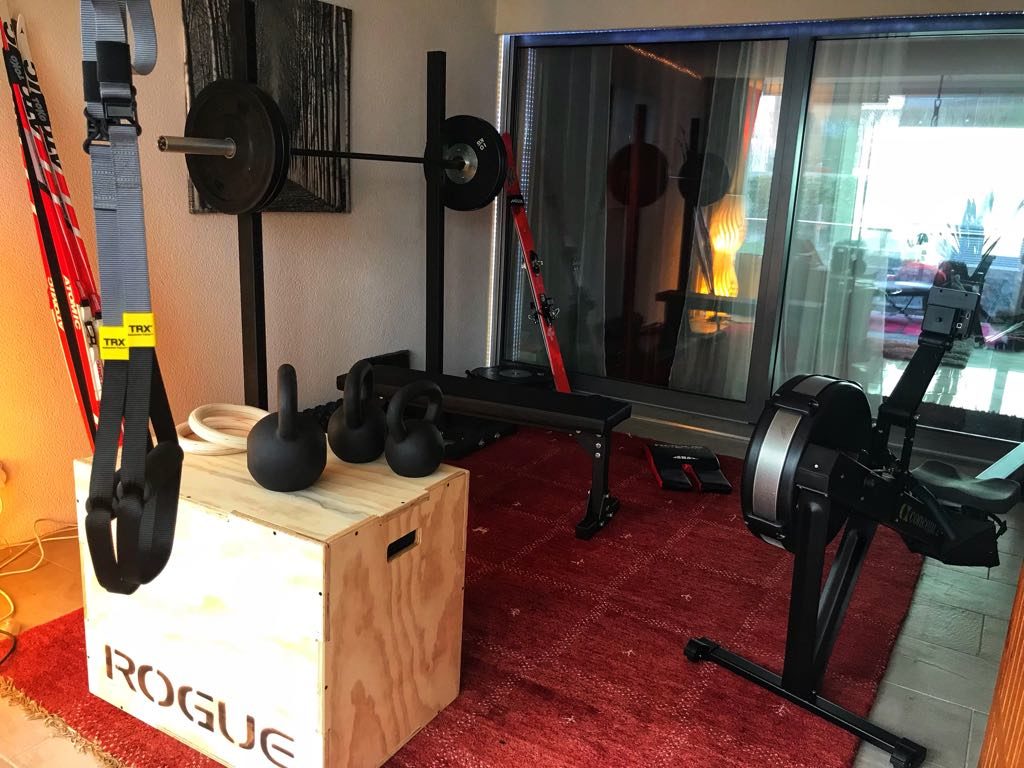
When I later moved homes, I set it up half indoors, half outdoors, where it works perfectly. We can do all barbell work on the balcony (including Olympic lifts). There we also have a TRX, rings, a box jump box and a full set of dumbbells and kettlebells. Inside is a Concept 2 Rower and my cherished 2005 Cervelo on a Wahoo trainer with Zwift. Again, this gym works so well because it’s where it needs to be and has everything required for a wide range of training activities and nothing that sits unused.
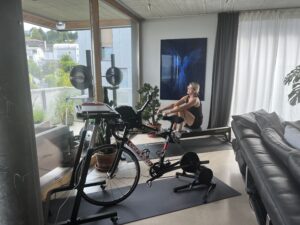
Gear Shopping List for a Garage Gym
Must-Have Equipment
I’ll start with what I consider must-have gear.
Personal note: If you visit Rogue or GORUCK via the links here, they share a small commission with me (price is the same for you), which helps me cover expenses of this website. 🙏
Barbell – This is the most important piece of equipment you will have in your arsenal. Training trends come and go, but old school barbell strength training is timeless and extremely effective. Master these 3 movements and you will have 80% of what you need for strength training to serve your needs for decades: Back Squat, Deadlift, Overhead Press. Grow from there into Power Cleans, Front Squats, and Thrusters. And if you discover a passion for barbell training, you’ll likely find yourself diving into the technique work required for Overhead Squats, Cleans, and Snatch.
You get what you pay for, so invest in a quality bar. Check out Rogue’s Ohio Bar as a high quality starter and consider upgrade options from there only if you get very serious about Olympic Lifting.
For women or anyone with smaller hands, consider a 25mm version, and for kids, newbie and rehab use, check out this option.
I only wanted one barbell for our small training space at home, so I opted for the 15kg Bella Bar, which works perfectly for either of us.

Super Saver Option: buy a used bar from a CrossFit gym that is going out of business or when a college or fitness center upgrades equipment.
Don’t forget collars – You can get the Rogue Fitness HG collars, Rogue OSU, or a pair of good old spring collars.
Squat Stand or Rack – There are many different variation for this important piece of equipment. Rogue has created some very innovative designs recently. I love their Monster Lite Fold Back Racks. If I had the right space for this, it’s exactly what I’d buy. If space is no concern and you want to lift heavy with maximum safety options, then have a look at a Power Rack. The first piece of equipment I bought for my first gym location was a Power Rack R-3.
For my home gym, I wanted flexibility and the option to carry the stands outside, so I opted for the S-4 model. It’s super stable and handles everything I throw at it.
Super Saver Option: My very first squat stands were a pair of cheap construction stands from the local home improvement store. They weren’t elegant and not especially stable, but they did the job until I could afford stable, safer stands.
Bumper Plates – Invest in bumper plates and you won’t regret it for home use, especially if you get more into Olympic weightlifting movements. Buy the max weight you’ll realistically need and add weight if and when the time comes. I have 120kg / 265lbs of weights, as I don’t expect to ever need more than that for home use and don’t want extra plates taking up space.
My favorite bumpers are Rogue HG. If you go cheap on bumpers, they won’t last and you’ll regret it.
Super Saver Option: Same as with barbells: going out of business sales, upgrading equipment, etc.
Kettlebells: There is some much you can do with power and strength training, as well as conditioning, with kettlebells. That’s what puts them on the must-have list.
I recommend starting light, in the 12kg/25lb range and then working your way up. My go-to kettlebell is a 53lb/24KG Rogue Competition model. I have only 3 kettlebells in my home gym: 12kg (25lb), 16kg (35lb), and 24kg (55lb). My advice is to buy high quality kettlebells. These are heavy devices and not easy to get rid of. My first few kettlebells have terrible handles and I regret buying them.
Super Saver Option: Same as with barbells and bumper plates. You may more easily find cheap used dumbbells, so start there if no cheap kettlebell options exist in your area. You may also want to check out ProsourceFit’s selection, which offers some budget-priced options, especially for lighter weights.
Important Items NOT on the Must Have List
I left off some important training equipment intentionally, as a tight budget means making tough choices. For example, a Bench is on the Nice-to-Have list. You can do floor press instead of bench press and standing overhead press instead of a seated press and wait until you’ve go the cash for a bench. Same goes for pull-ups (you can do pull-ups from a barbell placed on your squat stands).
Nice-to-Have Equipment
This list is where I’d spend hard-earned money once the must-haves are in your house.
Sandbag: This is a great all-around training tool. It is simple and effective. You can buy them in all sizes and designs these days. If you opt to buy one, make sure the quality is high. I’ve seen too many sandbags bust open in real-world training. Get a good one or make one yourself that will last. GORUCK makes some super durable bags, including a monster 120lb sandbag has been a favorite torture team training tool of mine for years.
Super Saver Option: Here’s a How-to guide on making your own.
Bench: simple is good. Simple and strong: even better. I recommend the Rogue Bolt Together Utility Bench. In addition to bench press and seated overhead press, you can also use a bench for core work and box step-ups (if you don’t have a plyo box).
Super Saver Option: Pick up a used bench or build a very basic DIY bench yourself.
Rings: If I had to choose rings over a pull-up rig, I’d choose rings any day. You can hang rings from the ceiling, from trees and other features outside, and from a barbell placed on your squat stands or rack. You can do most of the fundamental TRX movements with rings, as well as pull-ups and dips. I love classic wooden gymnastics rings. I drilled into the thick concrete ceiling of my balcony to mount my rings. Sure, get a TRX too, but make sure you’ve got rings in the gym first.
Pull-up Rig: If you’ve got a place for it, then go for it. Use bands to scale the movement so that you can perform it with proper form while building strength. You can mount a pull-up bar on the wall or ceiling, use a portable system that you can hang from various things or go with a doorway option.
Jump Rope: Simple, portable, great for metabolic conditioning (try 5 rounds of 90sec rope skipping + 10 burpees + 10 sit-ups for a great little workout). I have a collection of ropes for different workout types, including a custom RX, a Rogue SR-3, and a Rogue Heavy Rope.
AbMat: Lots of improvements since the first generation of these great little pieces of equipment. I have a first gen AbMat, as well as a new Wise Crack — which I’ve tested on Annie and highly endorse if you’ve ever dealt with a case of CrossFit sit-up butt rub!
Wish List Items
Once you’ve worked your way through the Must-Haves and Nice-to-Haves, here’s a list you can share with anyone shopping for you for a special occasion!
Rogue Echo Bike: it ROCKS! Intervals on this bike or an Assault bike are brutal. I hate them. I love them. But I do hate them while loving them.
Trueform Runner (non-motorized treadmill). It took me a few minutes to get used to running on this, and I’m a coach who has obsessed over running technique for years! Once you understand the machine and how to position your body so that you aren’t progressively throwing yourself into a sprint, it’s an excellent treadmill.
Super Saver Option: You can make homemade med balls with a basketball skin and some sand as well!! Tons of info on the CrossFit forums about this
Dumbbells – I get a lot more out of kettlebells, a barbells and a sandbag than dumbbells, but if you enjoy dumbbell training and have the space, then you could look at buying a set of hex dumbbells (this is what I bought for my CrossFit gym and what I have a small set of at home) or a space-saving PowerBlocks style set.
Concept 2 Rower – The Model D with PM5 is the champion here, there is no substitute for C2. This is the same rower that I have at home. I chose only one piece of cardio equipment for my small home gym and it’s this. All other activities and I’ll train outside (swimming, biking, running, XC skiing, etc.)
Weight vest or weighted ruck: I started my journey with weighted running in preparation for racing the Marathon des Sables, where runners must carry survival gear and food for a week. Actually, I started with weighted running when I was 70lbs overweight back in the 90s and decided to sign up for an Ironman triathlon to lose weight!
Training with a weight vest adds intensity, adversity and resistance. You can use a weight vest for running, jumping and nearly all bodyweight exercises. I don’t recommend trying to swim with it, although I have!
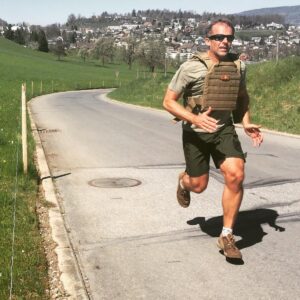
There has been some great innovation in weight vests the past few years and we now have a great collection to select from. I’ve tested the Hyper Vest Pro and like how it moves with me, but doesn’t bounce and rub.
Some others to consider:
GORUCK’s Plate Carrier 2.0 offers a different approach from nearly all other weight vests and training plate carriers. It’s a blend between a weight vest and a rucksack, offering the plate holder only on the back.
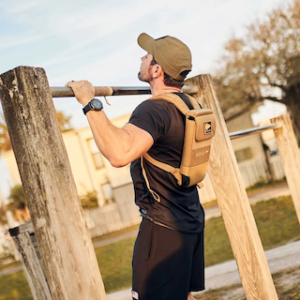
Rogue’s Plate Carrier is one of my favorites at the moment, as it’s design is very well thought out for burpees, push-ups and other functional training movements.
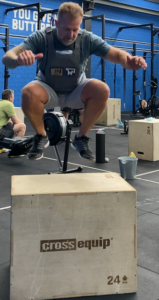
Non-bulk, TacTec Plate Carrier, the latest in vests designed for competition with a good shoulder design
MiR Pro weighted vest, solid, durable design that scales to a massive load
Condor Sentry Plate Carrier, very good option at a budget price. I’ve trained with this vest for several years, with a homemade lead plate, because that’s all that was available back then!
Other ideas?
Please let me know if you have any questions or suggests to update this article. If you are interested in endurance sports training, check out my article with additional gear recommendations for endurance athletes and OCR racers.
